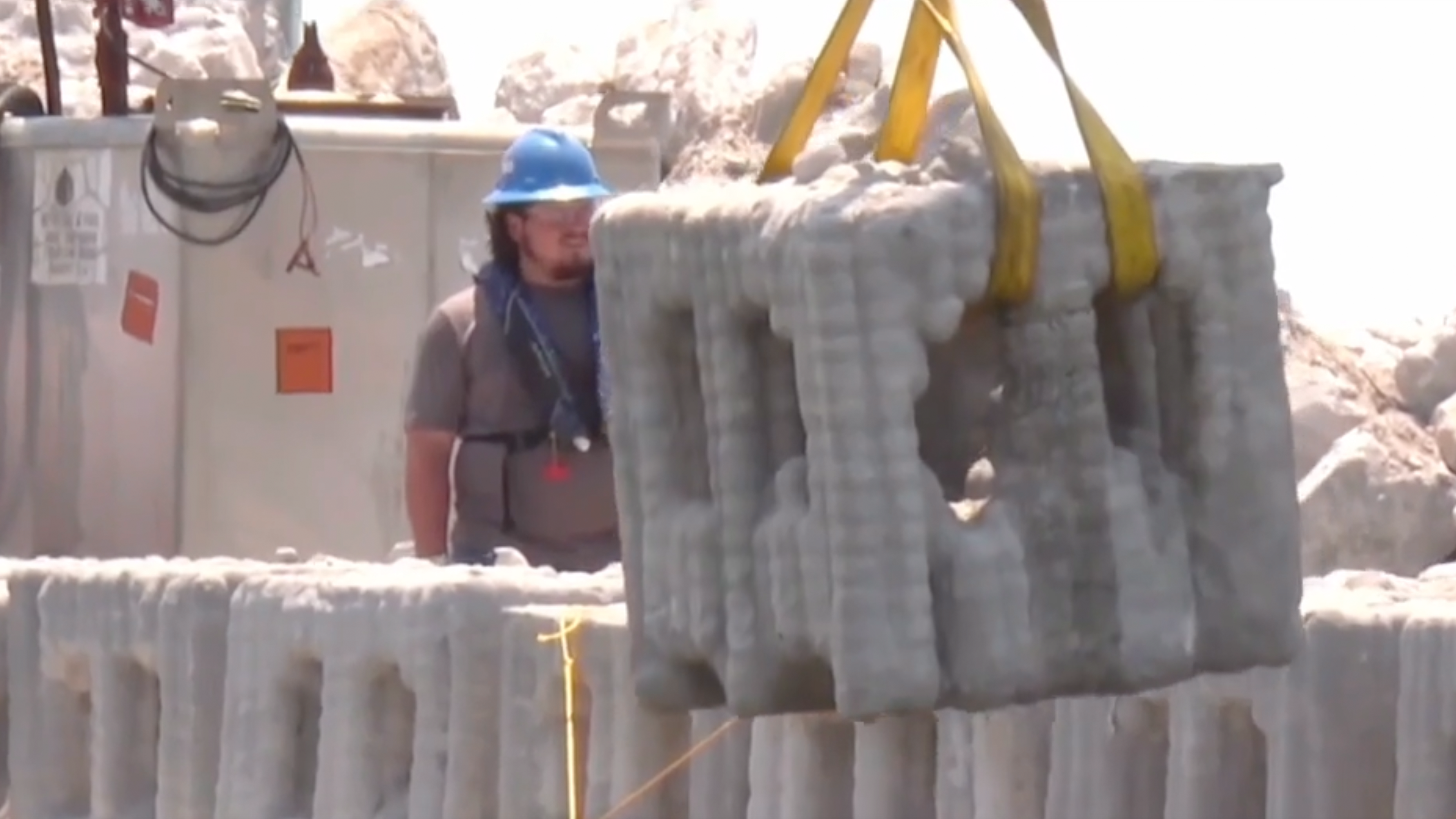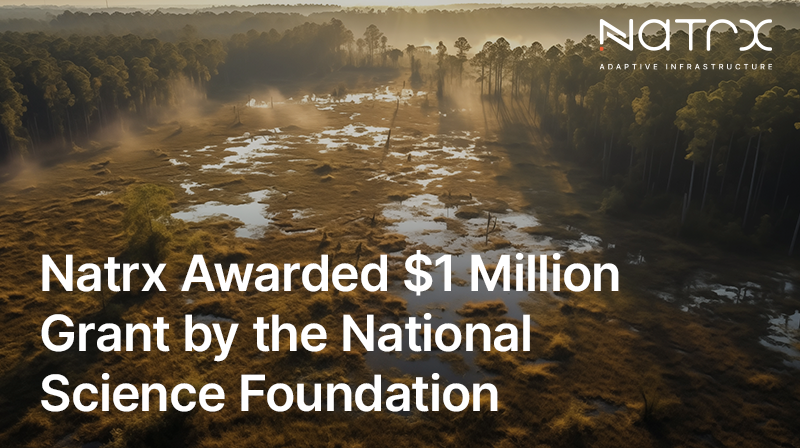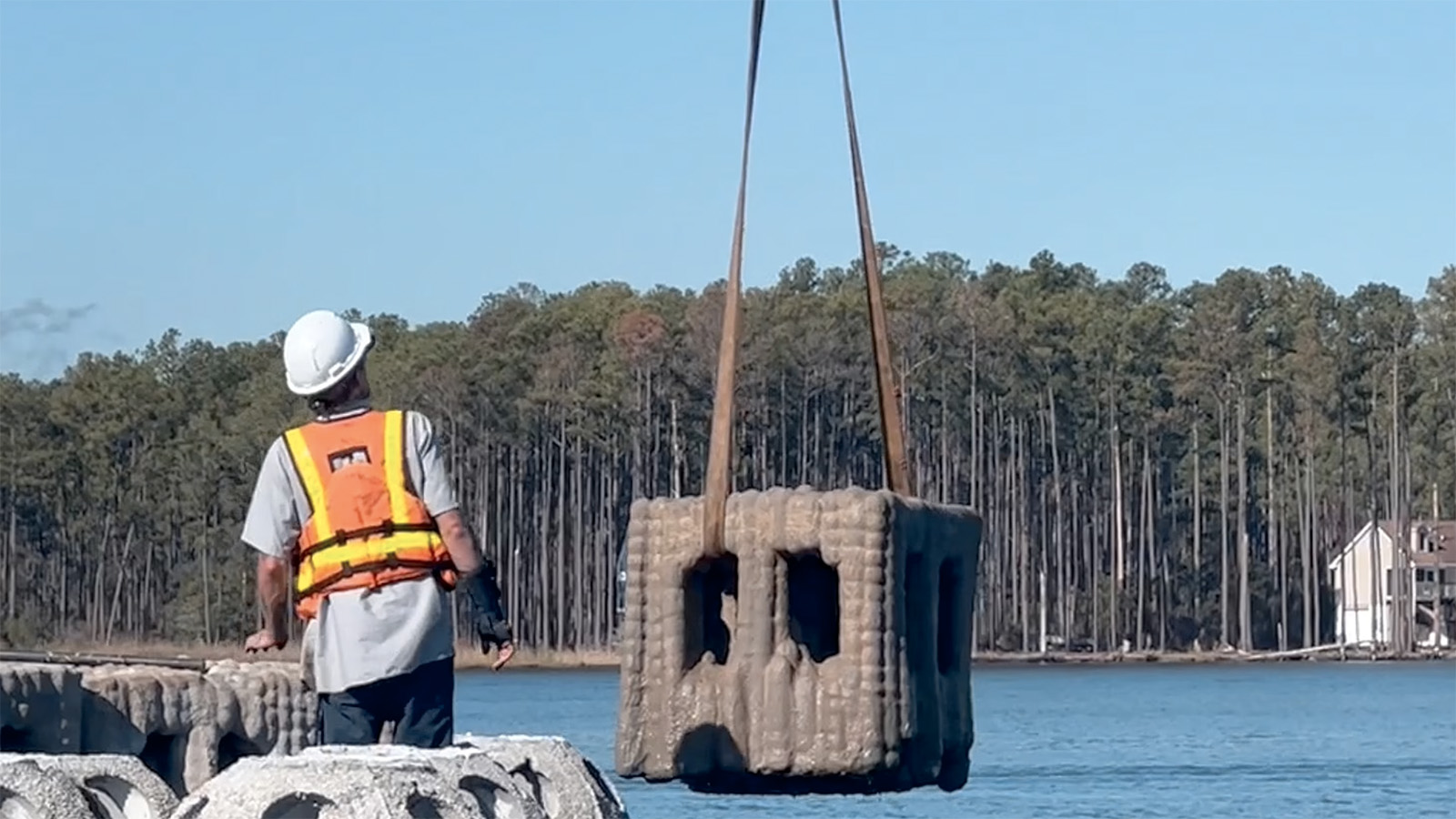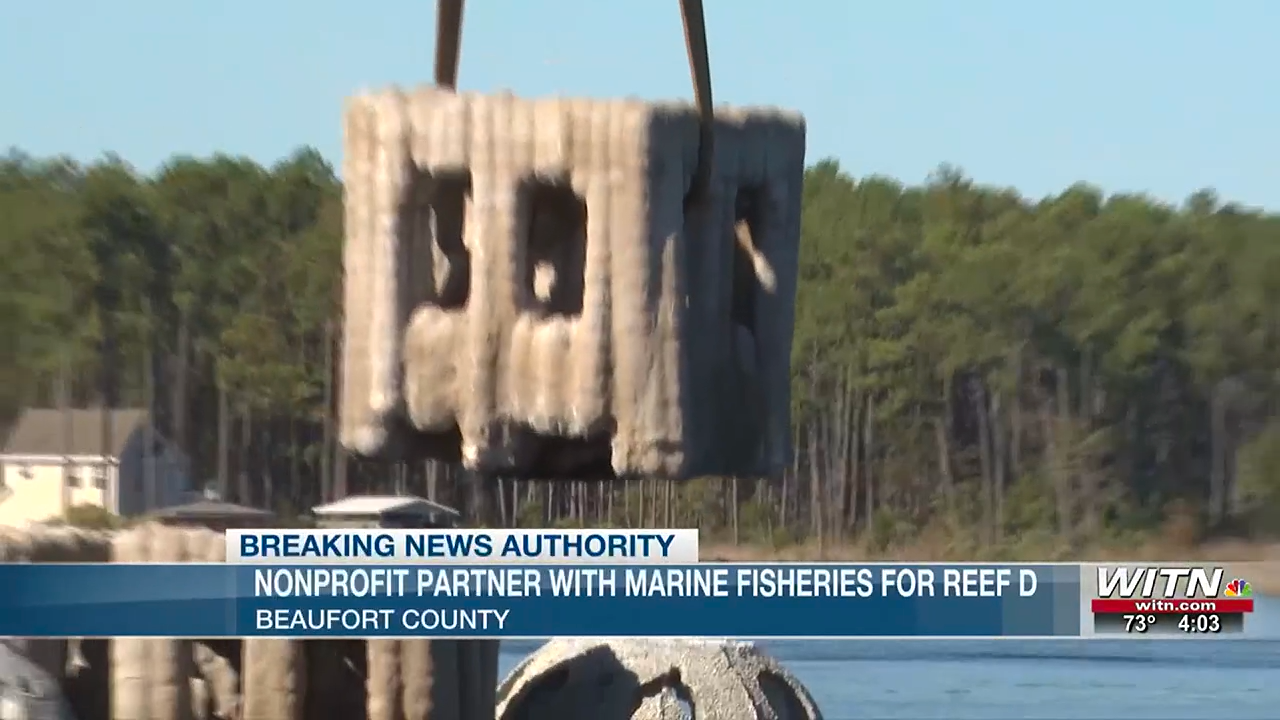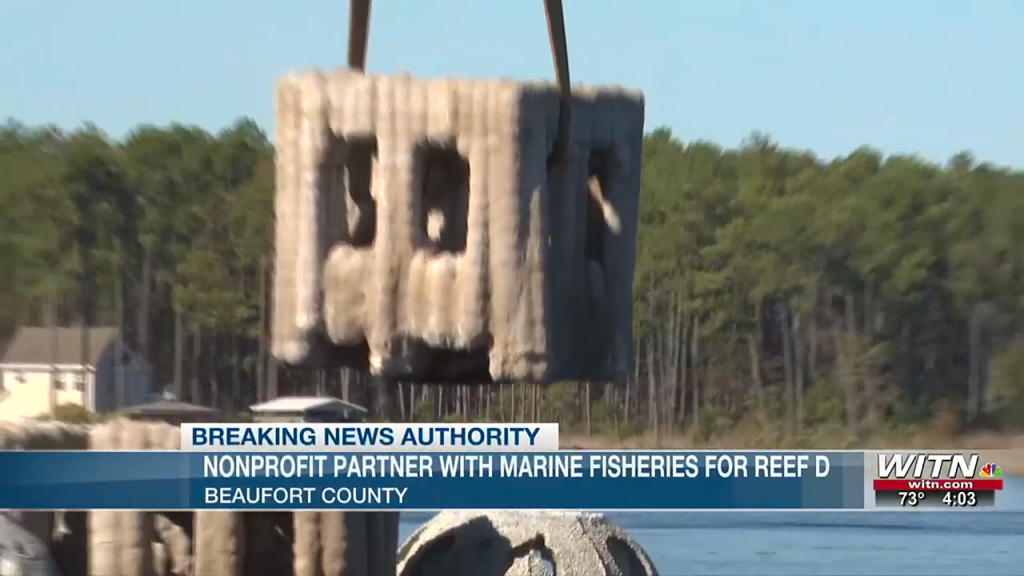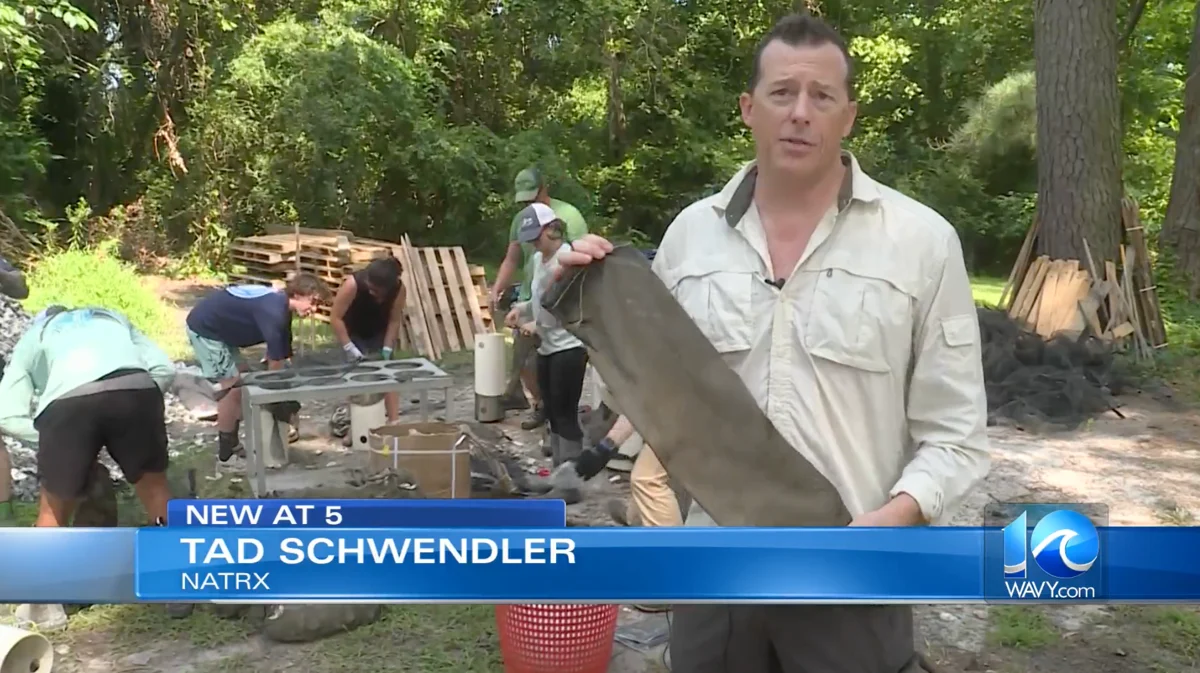ExoForm Living Shoreline on Shamrock Island Featured by KIII News and NPR’s KEDT
We’re thrilled to share one of our most exciting milestones yet: one of our first projects in Texas is now live on Shamrock Island, and it’s already making waves—literally and in the media.
This project is a great representation of our approach: deploying technology-first, nature-based solutions to deliver fast, habitat-positive coastal resilience where it matters most. Shamrock Island, located just offshore from Mustang Island in Corpus Christi Bay, is one of the most important bird nesting islands on the Texas coast. But until now, it was losing as much as 14 feet of shoreline every year—a pace that threatened the future of this critical rookery.
That’s where Natrx stepped in.

Photos By Coast & Harbor Engineering, Inc.
Working with our incredible partners—The Nature Conservancy (who funded the project), Coast & Harbor Engineering, and Viking Dredging—we designed and deployed a high-performance living shoreline using 468 custom ExoForms™. These modular, 3D-printed concrete structures were made in Louisiana using our patented Dry Forming™ process, then transported and installed along the shoreline in a rapid, low-impact deployment.
Each ExoForm was tailored to meet the unique environmental and wave conditions of Shamrock Island. We used a custom closed-back Lattice design to promote sand retention, break wave energy, and foster rapid colonization by oysters and other marine life. The result is a low-profile breakwater that mimics a submerged sandbar—softening waves, trapping sediment, and helping restore the beach naturally.
“We’re not just putting something in place to slow erosion,” said Leonard Nelson, Natrx CEO. “We’re building something that gets stronger and more alive over time.”
And the broader community is taking notice.

Photos By Coast & Harbor Engineering, Inc.
This project was recently featured on KIII-TV (story here) in Corpus Christi and on NPR station KEDT FM (story here). The stories highlight how nature and innovation can work together to protect vital coastal habitats while creating living systems that the public can be proud of.
As Tyler Ortego, Natrx GM of Coastal Solutions, shared:
“When you work with nature, she’ll work with you. These aren’t just structures—they’re starting points for ecosystems.”
This project proves what we’ve always known: nature-based solutions are not only viable—they're scalable, efficient, and increasingly essential. From our origins in Louisiana to this new work in Texas, Natrx is showing how a smarter, faster, more ecological approach to shoreline protection can truly reshape what’s possible.
👏 Huge thanks to our partners:
-
The Nature Conservancy
-
Coast & Harbor Engineering
-
Viking Dredging
KIII-TV (story here)
NPR station KEDT FM (story here)
Shamrock Island Case Study Here





